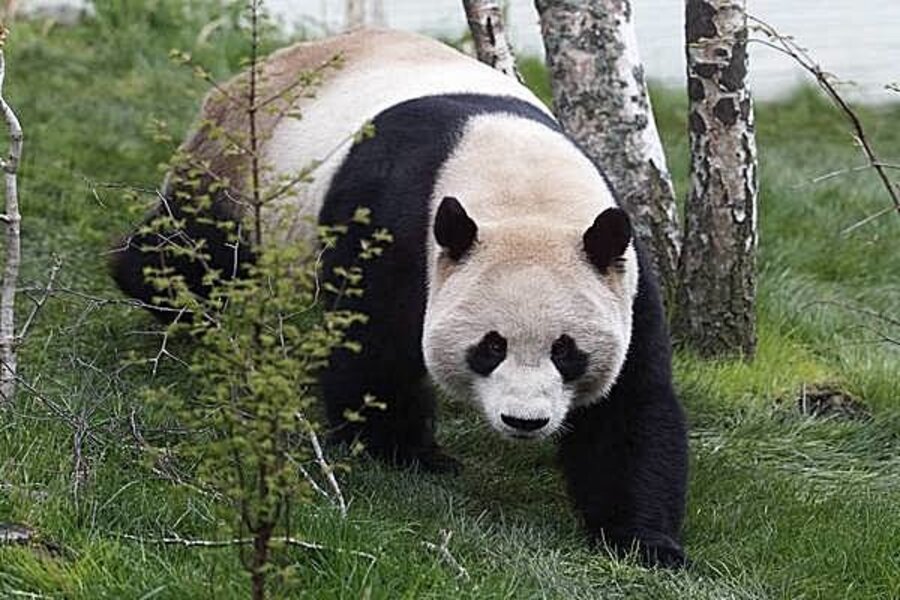Why it's so difficult to get pandas to mate
Loading...
Maybe Tian Tian has a headache. Or maybe Yang Guang just isn't that into her.
Whatever the cause, the panda mating season is drawing to a close without a successful coupling between the fuzzy pair at Scotland's Edinburgh Zoo. The rather Freudian headline on the zoo's press release reads "Close, but no cigar."
Panda breeding is a tricky business. Females are in the mood for only one to three days each year. This reproductive limitation initially gave researchers a hard time getting pandas to mate. But they're now having more success.
Though extensive research has explored female pandas' reproductive behaviors, the other half of the panda population has not been well described.
"There is a lot we don't know about the male giant panda," said Copper Aitken-Palmer head veterinarian at the Smithsonian Conservation Biology Institute and the lead author of a new study on male pandas' reproductive habits.
To remedy this gender inequity in panda research, Aitken-Palmer and her co-authors spent three years studying eight giant male pandas at the Chengdu Base of Giant Panda Breeding in China. The team monitored testosterone levels, sperm concentration, testes size, and reproductive behaviors in these animals.
The researchers found that several months before the female pandas enter estrus, the males are getting ready. It's probable that sperm production increases for this extended period of time to accommodate the females' brief and unpredictable window of sexual interest.
Pandas' peak breeding season is between March 22 and April 15. This information helps researchers understand when are good times to collect sperm for artificial insemination and when more natural breeding might take place.
The new study appears in the April 4 issue of Biology of Reproduction–Papers in Press.
But reproductive challenges aren't the only things making giant pandas' future look bleak. Another study produced by the Smithsonian Conservation Biology Institute recently examined the impact that climate change is likely to have on giant panda habitat. Using two climate models, this study found that pandas are likely to lose about half of their already limited habitat by 2080.
In their article, published in March in the International Journal of Ecology, the researchers suggest that land protection may mitigate these losses.







